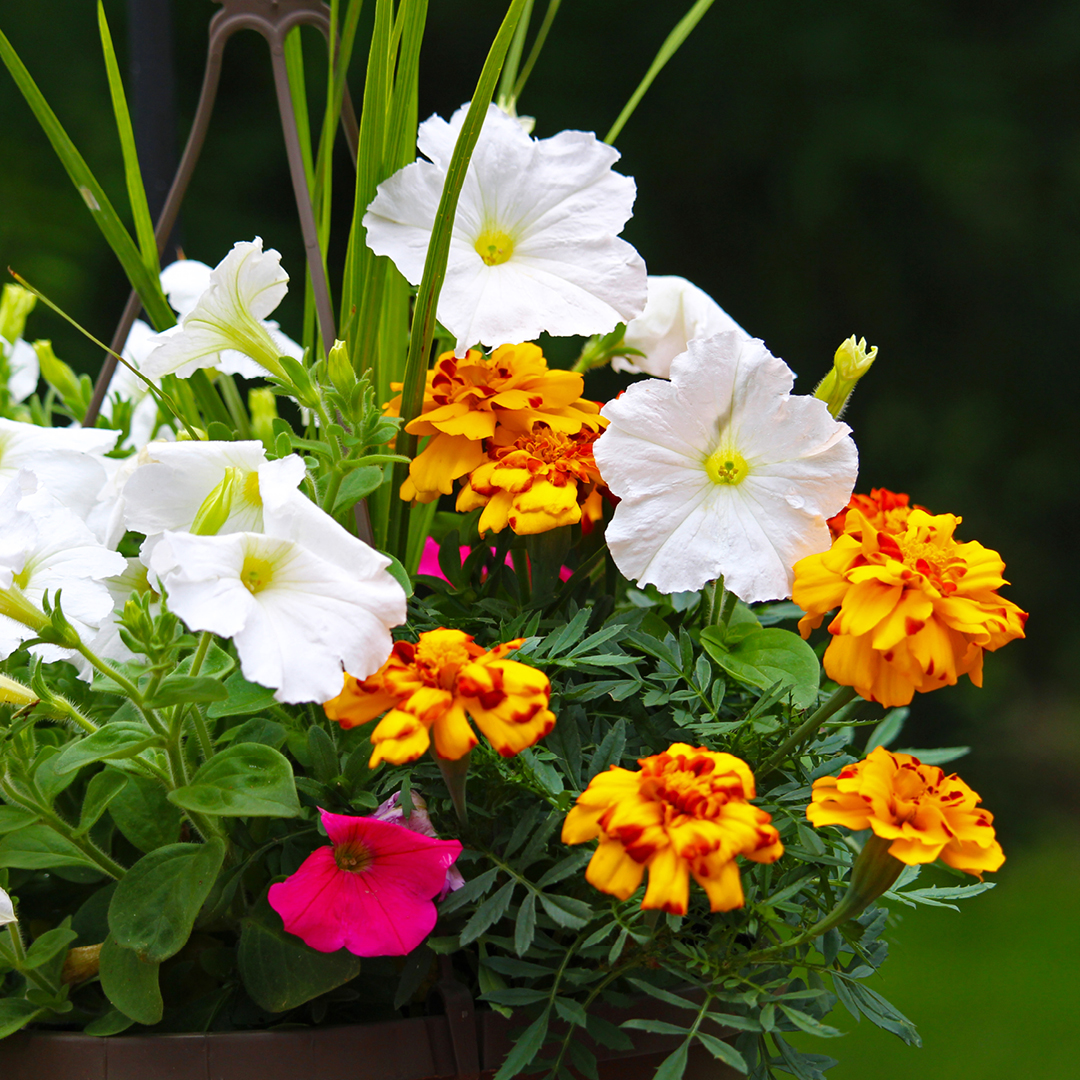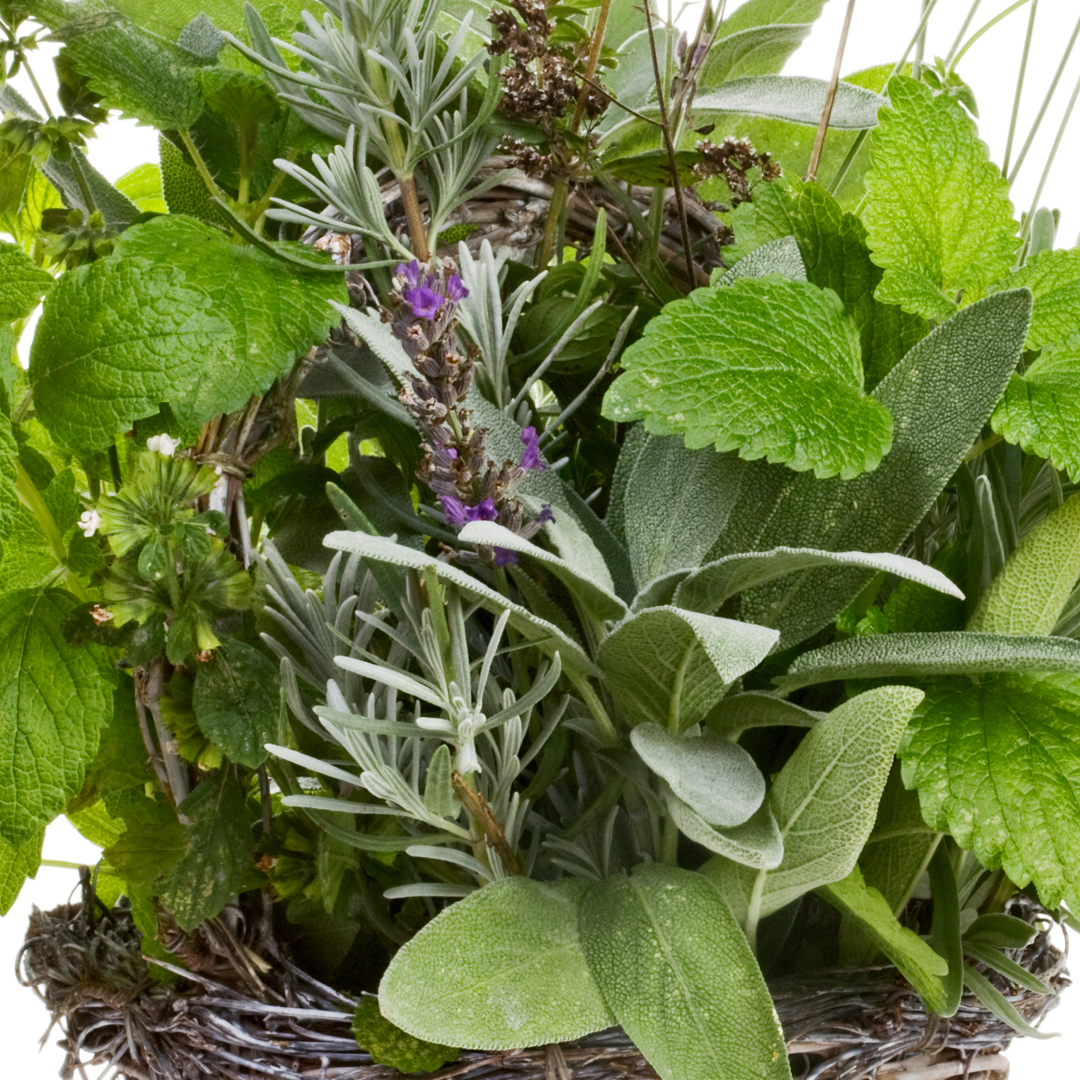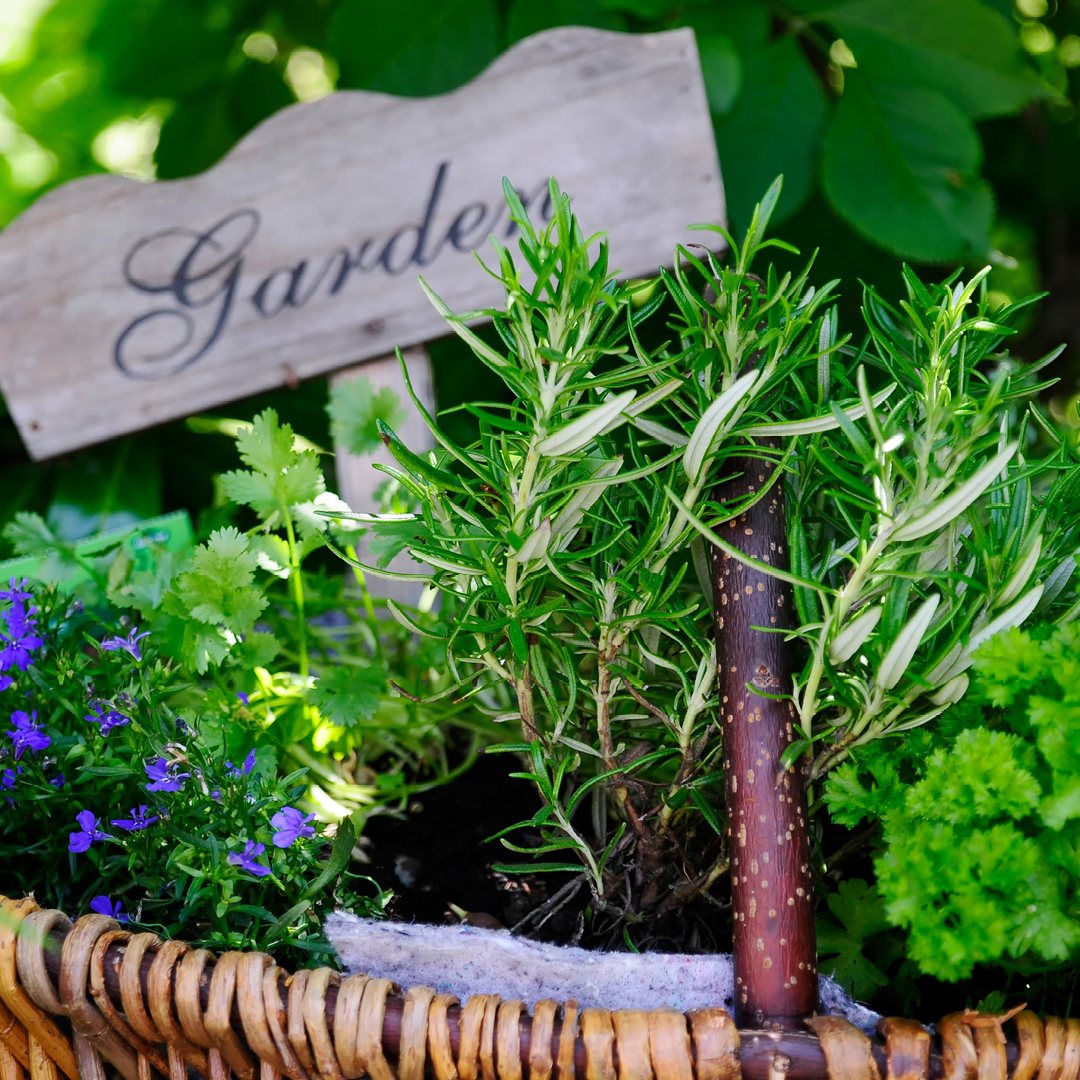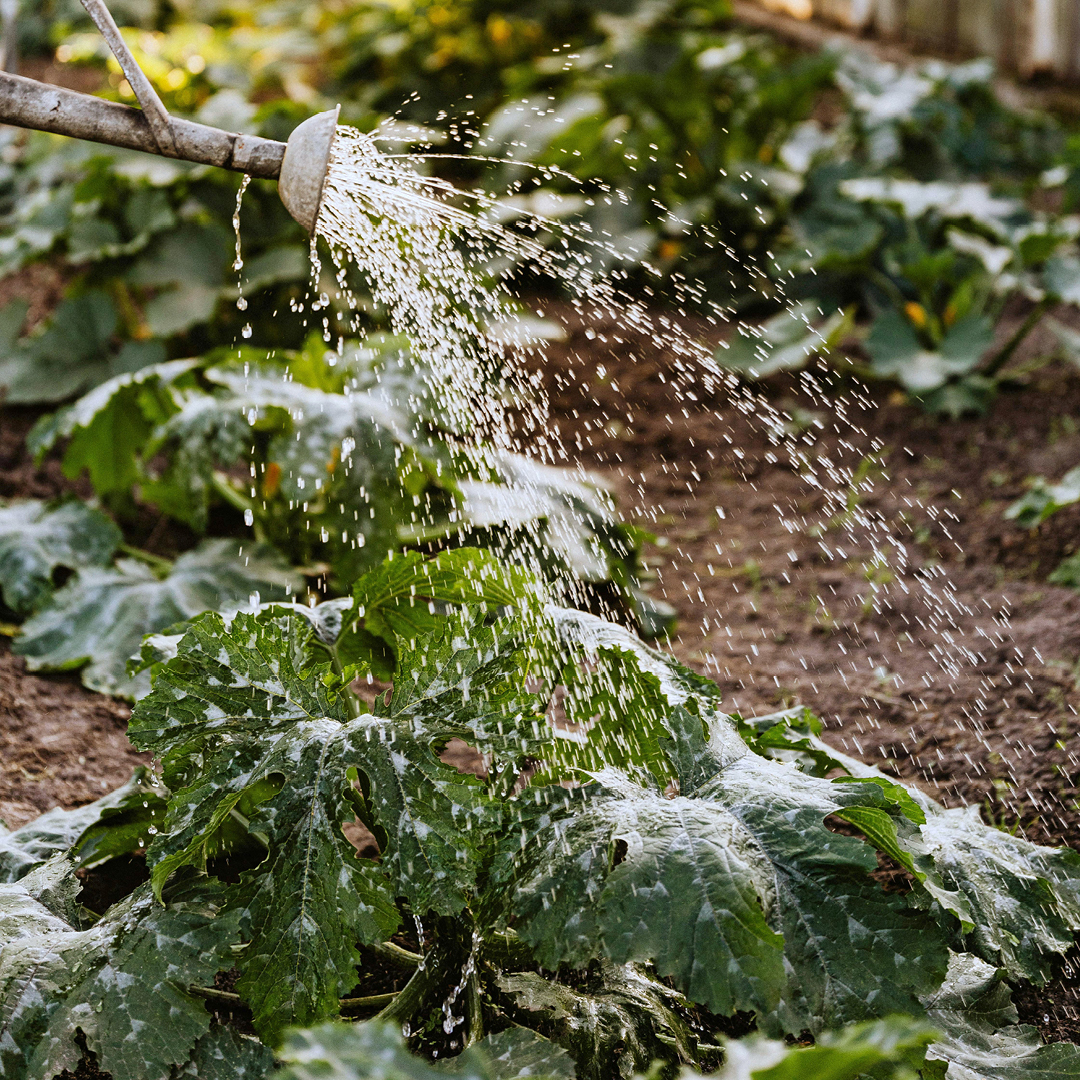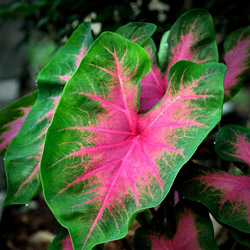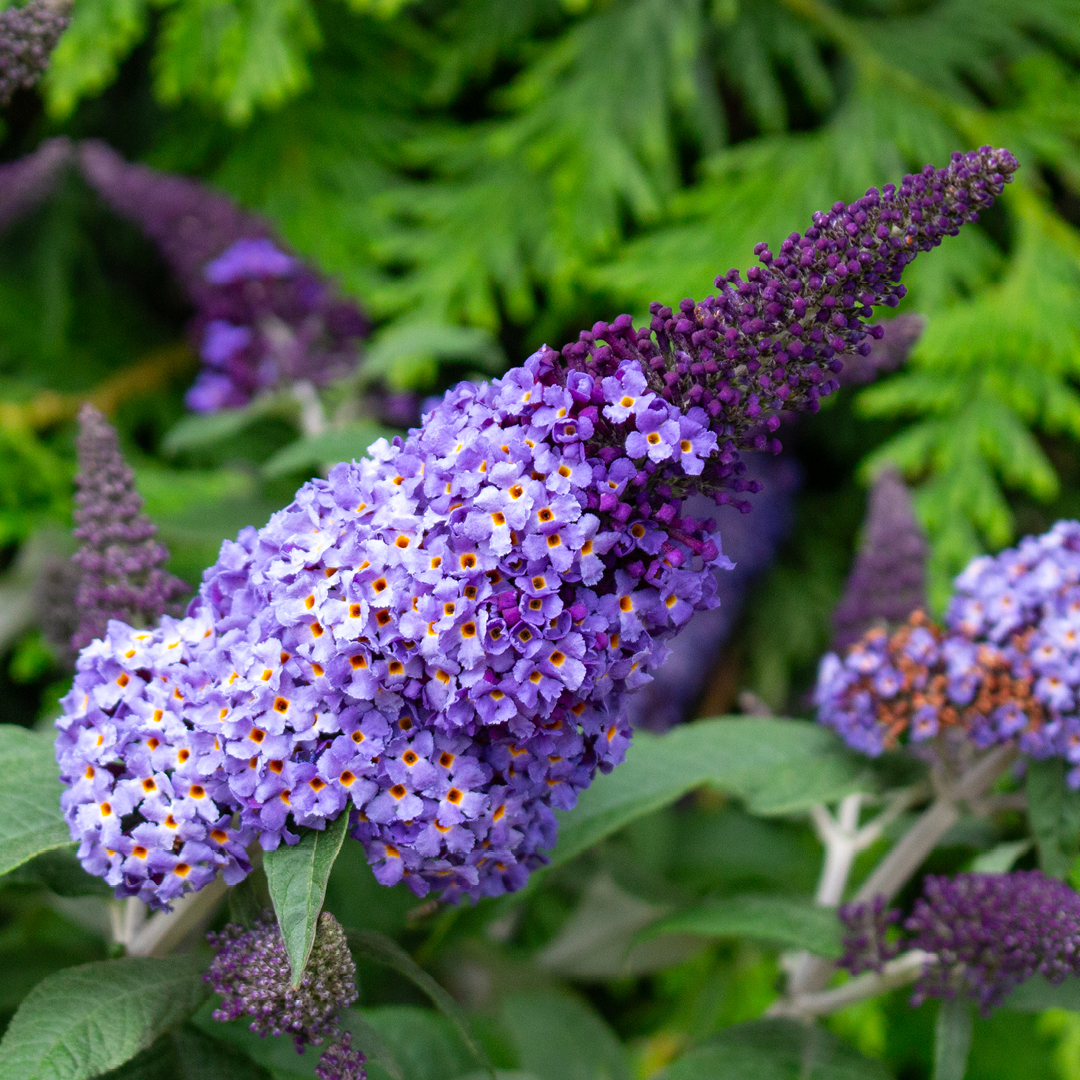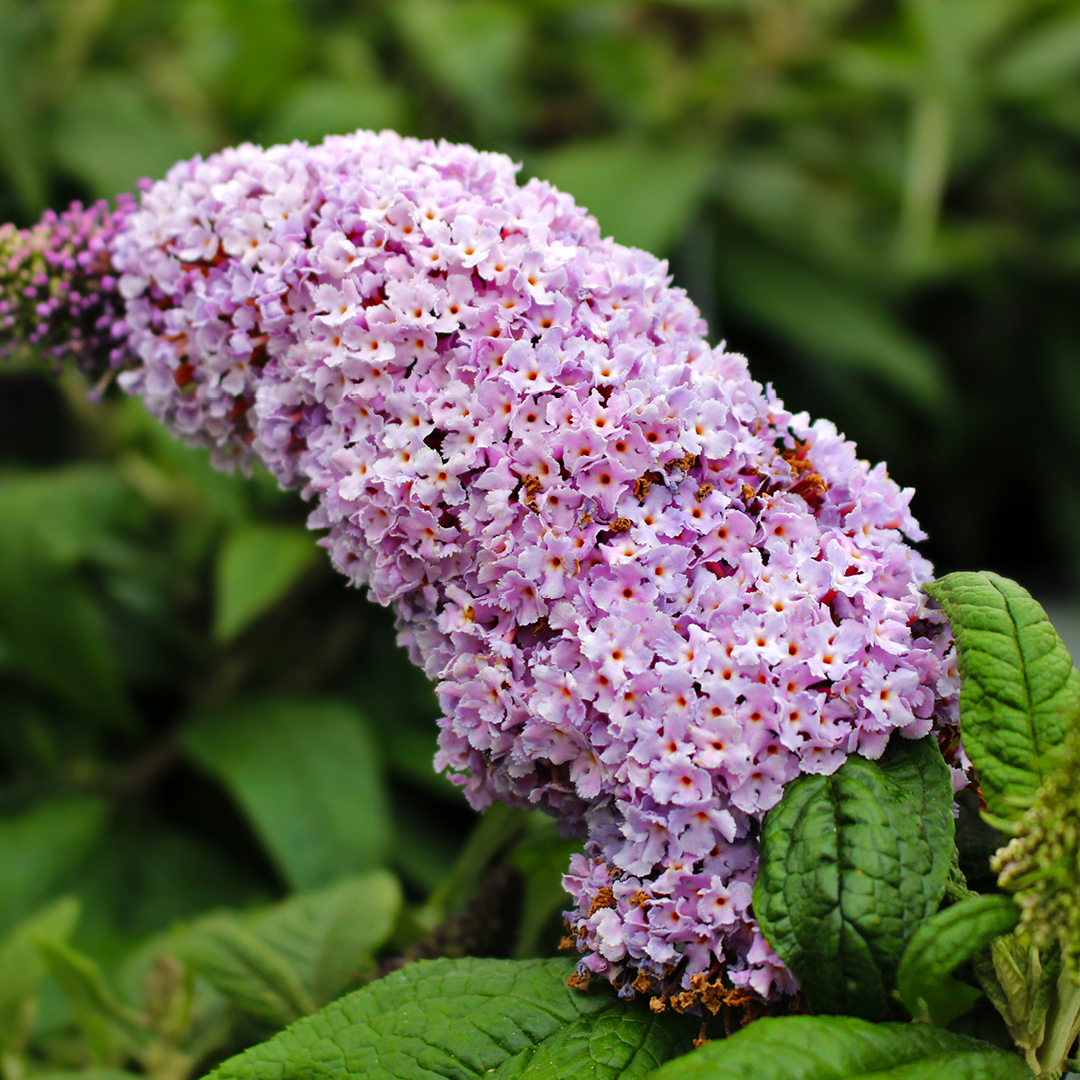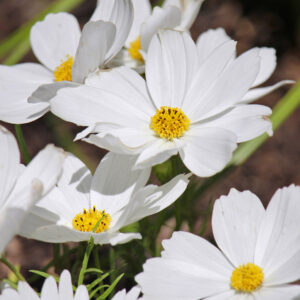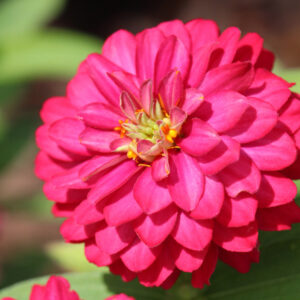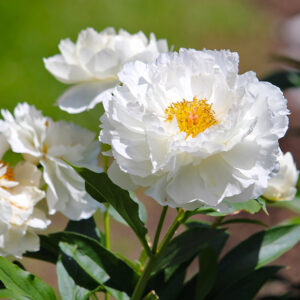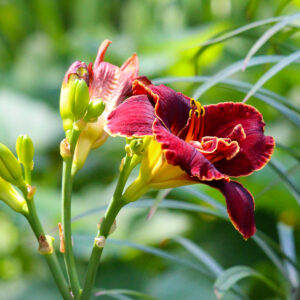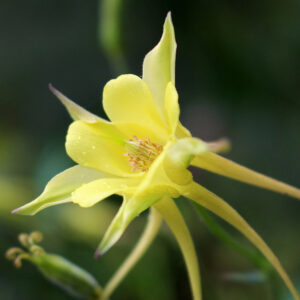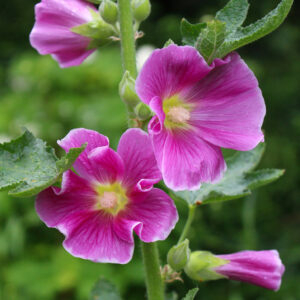Abundant Annoyers
Any celebratory summer soiree can become a proverbial nightmare, sending attendees scattering when unwanted guests appear. The most abundant agitating and annoying insects of outdoor get-togethers are:
- Ants
- Flies
- Gnats
- Mosquitoes
- Ticks
- Wasps
The good news is that numerous attractive plants can be combined in planters around entertainment areas to repel these party wreckers.
Repellent Plants
The insect-repellent plants included in this list may be grown as summer annuals, in containers, in just about any area of the United States:
- Basil (Ocimum basilicum)
Repels mosquitoes, flies, and wasps - Catnip (Nepeta cataria)
Repels mosquitoes, flies, and gnats - Citronella (Cymbopogon nardus)
Repels mosquitoes, flies, and wasps - Eucalyptus (Eucalyptus spp.)
Repels wasps - Lavender (Lavandula angustifolia)
Repels mosquitoes, flies, and gnats - Lemon Balm (Melissa officinalis)
Repels mosquitoes, flies, and gnats - Lemongrass (Cymbopogon citratus)
Repels mosquitoes, flies, ticks, and wasps - Marigold (Tagetes spp.)
Repels mosquitoes, flies, and gnats - Mint (Mentha spp.)
Repels mosquitoes, ants, and flies - Pennyroyal (Mentha pulegium)
Repels wasps - Petunias (Petunia spp.)
Repels gnats - Rosemary (Salvia rosmarinus)
Repels mosquitoes, flies, and ticks - Spearmint (Mentha spicata)
Repels wasps - Wormwood (Artemisia absinthium)
Repels wasps and flies
Container Placement
Placement is an important consideration—position pots of plants where they will be most effective in keeping bugs at bay. Combining different insect-repellent plants in the same container is a good idea for a more effective and visually appealing arrangement. Areas to consider:
- Patio and Deck Borders: Place containers along the edges of your patio or deck to create a natural barrier against insects. This will help keep the bugs at bay while you and your guests enjoy the open space.
- Dining Areas: Position containers around your outdoor dining area. Lavender, basil, and mint are excellent choices as they not only repel insects but also add a delightful fragrance to your dining experience.
- Entryways: Place pots of insect-repellent plants near entryways to your home and outdoor entertaining spaces. This helps prevent insects from following you and your guests inside.
- Seating Areas: Arrange containers around seating areas where guests are likely to gather. Plants like citronella, lemon balm, and rosemary are perfect for these spots, as their scents are particularly effective at keeping bugs away.
- Table Centerpieces: Use small pots of insect-repellent plants as table centerpieces. Not only do they look charming, but they also create a bug-free zone right where your guests are eating and drinking.
- Hanging Baskets: Utilize hanging baskets filled with trailing insect-repellent plants like mint and petunias. These can be hung above seating areas to provide additional protection from flying insects.
Give these insect-repellent plants a try this summer. Strategically place planters to create beautiful, functional container gardens that will enhance your summer entertaining experience. Enjoy your gatherings without the nuisance of bugs, and delight in the added beauty and fragrance these plants offer.
